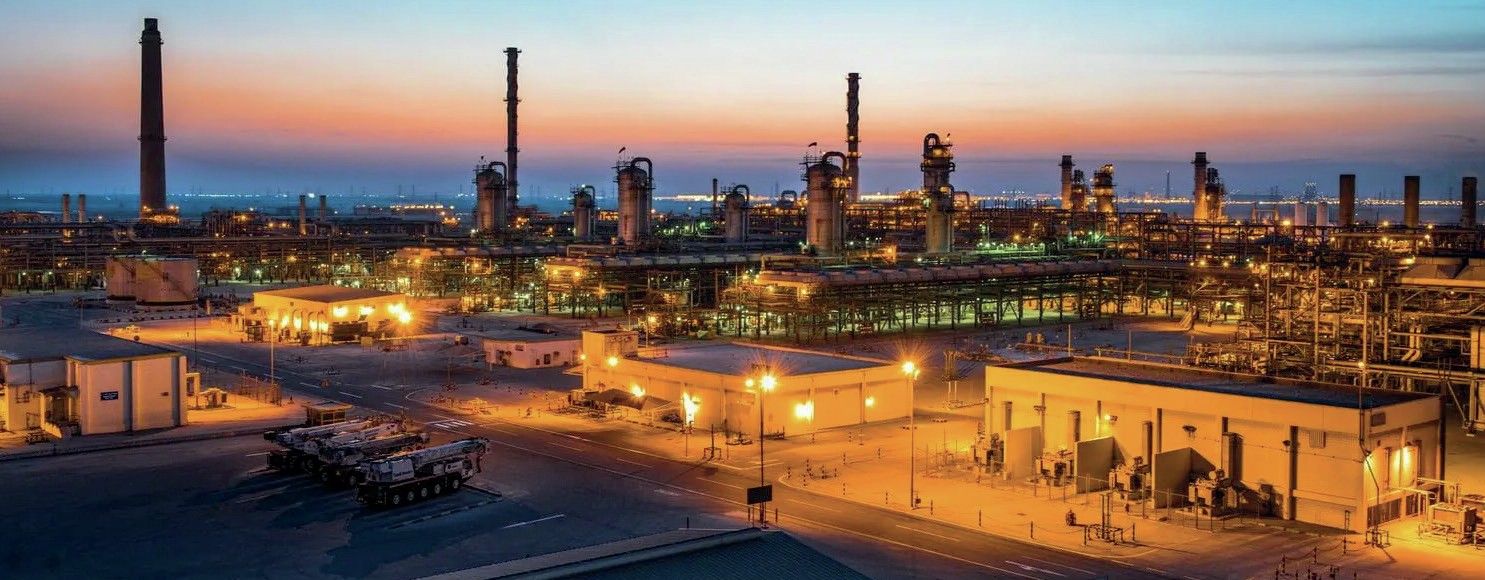Nitrogen+Syngas 393 Jan-Feb 2025

31 January 2025
Price Trends
Ammonia markets saw a slow start to 2025, with further transparency needed on both sides of the Suez to determine the extent to which prices are expected to fall through January amid healthy supply and only limited pockets of demand.
East of Suez, the Middle East appears long, with some producers now heard offering at levels 10-15% below the $400/t FOB mark. That news is likely to be met with positivity by importers in India where, although demand there remains limited for the time being, delivered CFR values do also seem to be easing as phosphate manufacturers deliberate between producing NPKs or DAP/MAP.
Further east, spot demand in East Asia remains on the backburner, with contract prices in the likes of South Korea and Taiwan, China registering no change since the turn of the New Year. Activity was similarly limited in China, where domestic prices registered sizeable declines across the board this week. In keeping with the wider hemisphere, availability out of Southeast Asia remains healthy, with tonnes continuing to move out of Indonesia and Malaysia at a steady rate, though a repeat of the flurry of spot deals seen in December 2024 is yet to emerge.
Urea prices advanced in the second week of the New Year, driven by strong global demand and an absence of exports from China and Iran. China has been out of the export market for 12 months in a bid to keep a lid on domestic prices and this absence of tonnes has been the backdrop to rising urea prices. India’s 19 December tender seeking 1.5 million tonnes of prilled/granular urea secured just 187,000 t, and the world’s second largest urea importer is expected to return to the market facing import costs that may reach into the $400s/t c.fr, $30/t or more than it achieved in December.
Brazil is still buying to cover the remainder of demand for the second corn crop and there are signs the US is returning to the market after stepping back in the second half of last year. Australia and Mexico also have demand for tonnes. Latest business into Brazil was up $10/t at $380/t c.fr and importers there will need to pay higher still.
China’s withdrawal from the export market has forced domestic urea prices down to their lowest in more than seven years, with the export price equivalent now at around $220/t f.o.b., almost half the price for sales from Egypt. The Egyptian granular benchmark climbed to $430/t f.o.b., the highest price since September 2023, with most tonnes heading to Europe. Prices from Egypt have risen $145 since the low of $285/t f.o.b. was reached in May 2024.
In the Middle East, a cargo of 40,000 tonnes from Oman was reported at $380/t f.o.b., likely for late-February loading to the US and in line with a tender award of prills from Qatar. Other sellers are holding until clarity emerges on pricing in India. At New Orleans, urea prices advanced an average of $10/st. February urea barge business at $355/st f.o.b. would equate to a delivered price of $386/t c.fr NOLA.

END OF MONTH SPOT PRICES
natural gas

ammonia

urea

diammonium phosphate






